Every day, more of America's older women reach retirement age -- and then struggle to pay for the simplest things.
Among all women in the United States, age 65 or older, living alone or with a spouse, 60 percent have trouble covering their monthly expenses such as food, housing and health care, according to research published Thursday by the nonprofit group Wider Opportunities for Women, based on an analysis of U.S. Census data.
It's a problem that Donna Addkison, the president and chief executive of WOW, called "staggering."
"We're talking about what it takes to just simply cover the everyday necessities," Addkison told The Huffington Post. "Older women are very quietly making decisions at home to split their pills in an attempt to stretch their medication. They're choosing between having heat in the winter and having nutritious food on the table."
The situation transcends geography, with "no states in the nation" that can be described as "a haven for older adults," she said.
Indeed, with the economy the way it is, older women aren't the only ones being forced to make these kinds of decisions. In post-recession America, deprivation is increasingly a way of life for millions.
With the jobless rate high and wages more or less holding steady, vast swaths of the population today are leading a precarious, savings-less existence, in which one financial emergency is all it would take to tip a family into poverty. Record numbers of Americans are now counted as poor, and the percentage of people who say they can't afford food is at its highest level since the financial crisis.
Among all this, seniors face their own set of challenges, from rising health care bills to the growing industry of financial scammers who target elderly people.
More than 9 million people age 65 and older don't have enough money to cover their basic costs, according to a separate WOW report published earlier this month.
And within that group, women are having a rougher time of it. While 60 percent of women are unable to pay for necessities, only 41 percent of men wrestle with the same problem, WOW calculated.
For women of color, the problem is more pronounced, according to WOW: While about 49 percent of older white women have trouble covering their basic costs, the rate for older Asian women is 61 percent, older African-American women 74 percent and older Hispanic women 75 percent.
"That goes beyond staggering," said Addkison. "That becomes epidemic."
This gender gap is the result of a lifetime of imbalances, Addkison told HuffPost.
Women earn less than men -- the disparity varies by industry, but averages out to about 77 cents on the dollar. For college graduates, this pay gap tends to emerge within a year of their entering the workforce, and it only grows wider over time.
Ultimately, the result is that most women, compared with most men, have smaller Social Security benefits waiting for them when they reach the end of their working lives.
The roots of the disparity are so multiform that it's hard to know how to begin fixing them.
At the state and federal level, Addkison said, policies that encourage pay equity would be welcome, as would efforts to protect safety-net programs like Social Security, Medicare and Medicaid. Looking at how young men and women make career choices -- how students at high schools and community colleges separate themselves or become separated, onto different vocational paths, for example -- could also contribute to an understanding of the pay gap, Addkison said.
It's also important, she said, for working-age women to look at the statistics about widowhood and divorce and understand that they're real possibilities.
"These are life events for which we have to plan," Addkison told HuffPost. "At some point, we as women may be taking care of ourselves alone."
Given the economic shockwaves of the past few years -- the collapse of home equity, the spikes in unemployment -- it seems likely that more retired women might find themselves financially challenged, Addkison said. "My suspicion is that things are certainly no better than they were five years ago, and have the potential to be much worse," she said. "That doesn't mean that we can't do something about it. It just means that we have to start paying attention."
